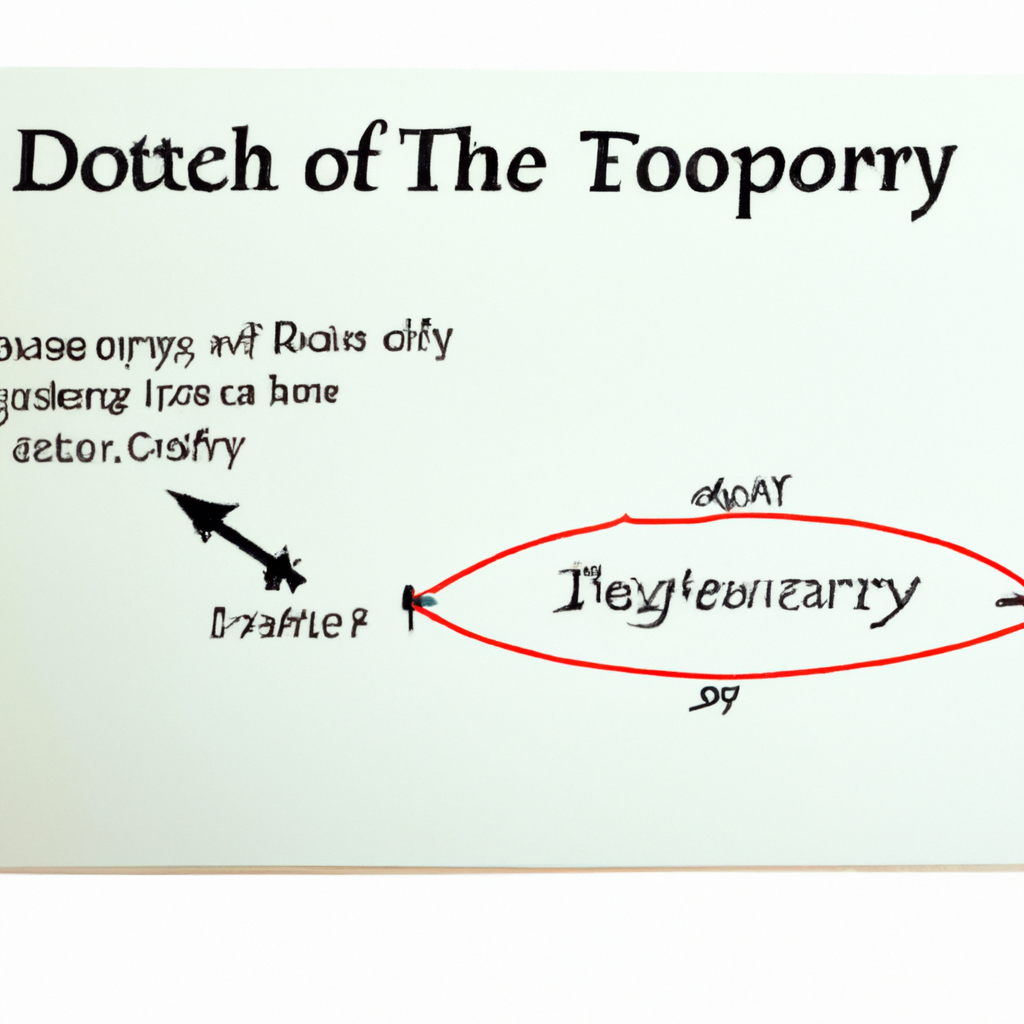The Dow Theory in Market Forecasting
The Dow Theory is a fundamental concept in technical analysis that is used to forecast market trends. Developed by Charles Dow, the founder of the Wall Street Journal, the theory is based on the analysis of the movements of the Dow Jones Industrial Average and the Dow Jones Transportation Average. By studying these two indices, investors can gain insight into the overall direction of the market.
Key Principles of the Dow Theory
The Dow Theory is based on several key principles that help investors interpret market trends. These principles include:
- The market discounts everything: According to the Dow Theory, all information about a stock or market is already reflected in its price. This means that past price movements can help predict future trends.
- Stock market trends have three phases: The Dow Theory identifies three primary trends in the market: the primary trend, the secondary trend, and the minor trend. By analyzing these trends, investors can determine the overall direction of the market.
- Confirmation is key: The Dow Theory emphasizes the importance of confirming signals from both the Dow Jones Industrial Average and the Dow Jones Transportation Average. For a trend to be considered valid, both indices must move in the same direction.
Using the Dow Theory for Market Forecasting
Investors can use the Dow Theory to forecast market trends by following these steps:
- Identify the primary trend: The first step in using the Dow Theory is to identify the primary trend of the market. This can be done by analyzing the long-term movements of the Dow Jones Industrial Average and the Dow Jones Transportation Average.
- Look for secondary trends: Once the primary trend is established, investors should look for secondary trends that occur within the primary trend. These trends can provide opportunities for buying or selling stocks.
- Confirm signals: To confirm a trend, investors should look for signals from both the Dow Jones Industrial Average and the Dow Jones Transportation Average. If both indices are moving in the same direction, it is likely that the trend is valid.
- Monitor market movements: Investors should regularly monitor the movements of the Dow Jones Industrial Average and the Dow Jones Transportation Average to stay informed about changes in market trends. By staying up-to-date on market movements, investors can make informed decisions about buying or selling stocks.
Overall, the Dow Theory is a valuable tool for market forecasting that can help investors identify trends and make informed decisions about their investments. By following the key principles of the Dow Theory and using it to analyze market movements, investors can improve their chances of success in the stock market.


